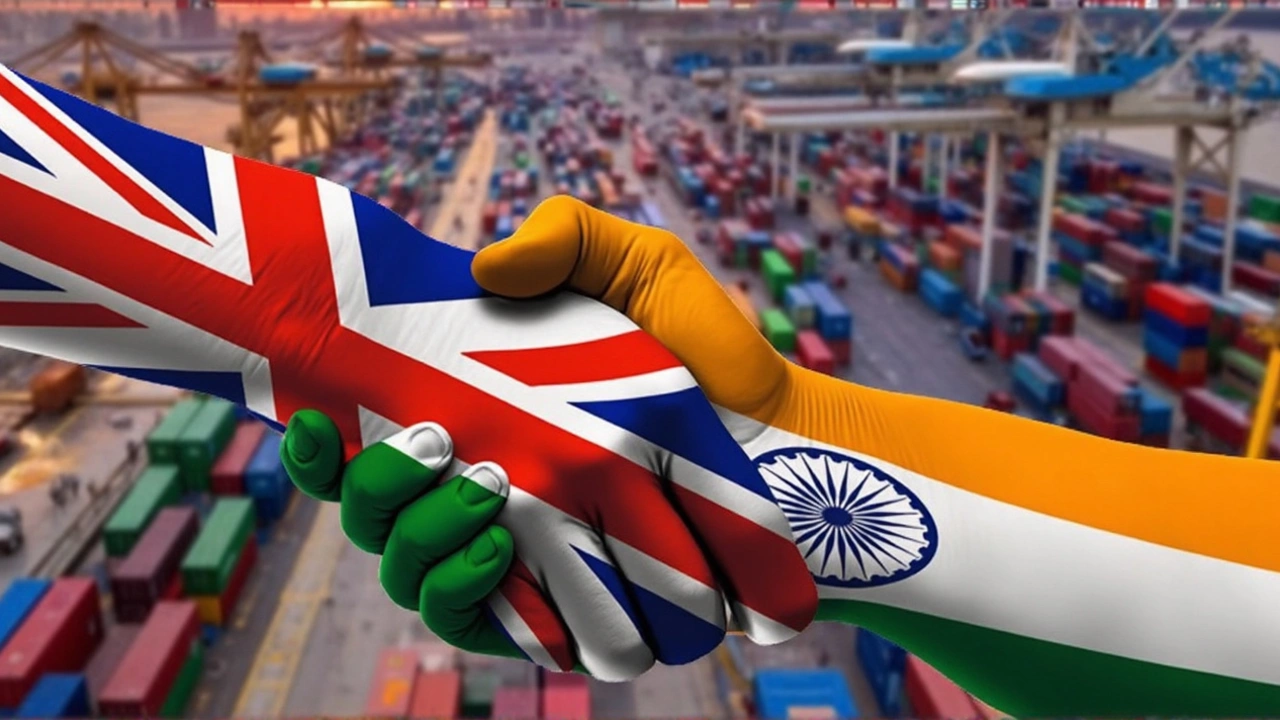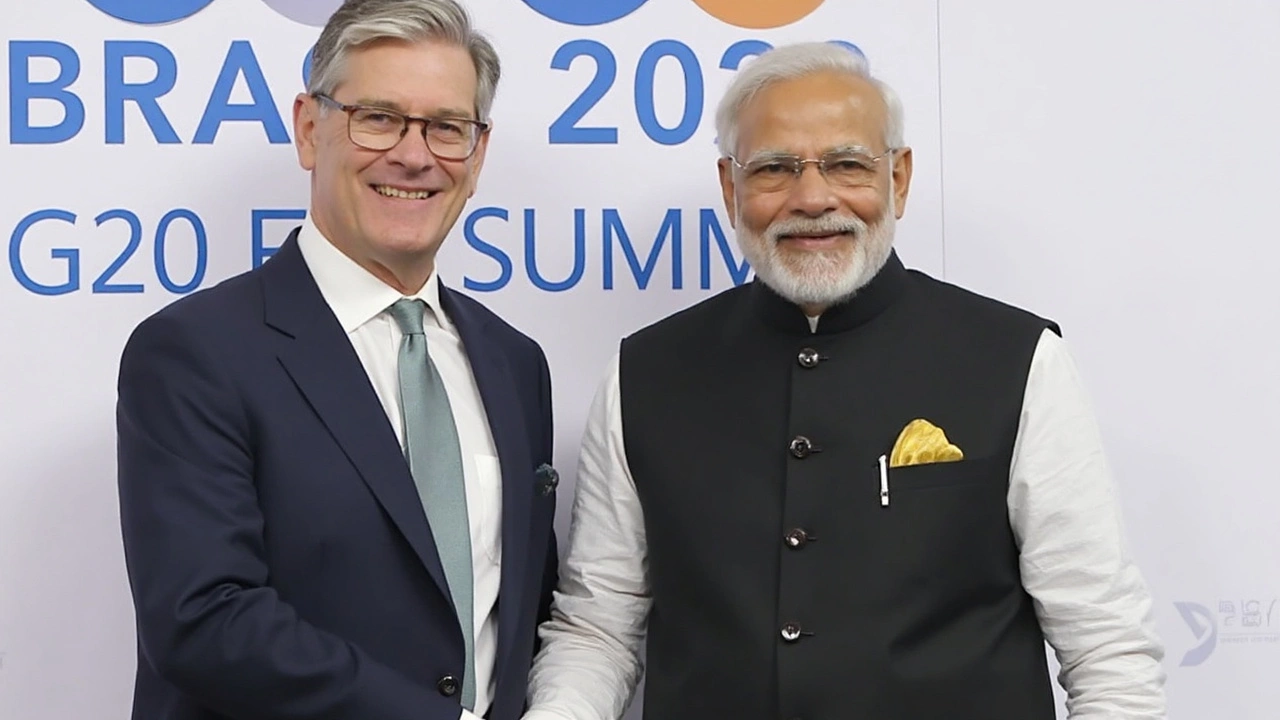
The Big Changes: What’s Inside the India-UK Free Trade Agreement?
The ink is barely dry on a deal that’s been years in the making: India and the UK have hammered out a Free Trade Agreement (FTA) and a Double Contribution Convention, setting the stage for some major shifts. Leaders on both sides—Prime Minister Narendra Modi and Britain's new Prime Minister Keir Starmer—didn’t hold back their excitement. They called it a ‘historic milestone’ for the India-UK Free Trade Agreement and their overall partnership. But beyond all the diplomatic talk, what does this mean on the ground?
For starters, it’s all about doors opening between the world’s fifth and sixth largest economies. One of the headline grabbers is the slashing of tariffs on Scottish whisky and British car exports entering India—a move British businesses have pushed for. These are industries with proud histories and global reputations, but that have had to stomach steep added costs in India. Now, with the FTA, a bottle of Scotch or a British luxury car is set to get a lot more affordable for Indian buyers. And for Indian consumers, that means greater access to products once considered out of reach except for the wealthy elite.
Flip the coin, and Indian exporters of textiles, engineering goods, and specialty foods like spices stand to gain wider market access in the UK, especially as the UK looks to deepen trade ties post-Brexit. The real beauty for trade enthusiasts? It’s in the details. The FTA will knock down barriers that have slowed the movement of goods, from customs headaches to unnecessary paperwork. All this puts real money back into the pockets of companies, both large multinationals and emerging startups that just needed that extra nudge to go global.

Easier Mobility for IT Pros and Job Growth on the Horizon
But the ripple effects go beyond just tariffs. The tech sector is a huge winner: the agreement is packed with provisions to ease mobility for Indian IT professionals heading to the UK. Anyone who’s wrestled with visa paperwork knows how much of a headache this can be, but the FTA aims to cut through the red tape. The result? Middle-class families in cities like Hyderabad and Bengaluru might soon see more opportunities to work, study, and settle in Britain.
The **bilateral trade** angle is front and center here. British companies will also get better access to the Indian market—not just for goods, but with less friction for their own service exports. That means banks, fintechs, and creative agencies can navigate fewer hoops on both sides. The Indian government sees this as a way to drive up job creation, give a boost to innovation, and keep pace with the digital transformation sweeping through economies everywhere.
As for the IT professionals, the simplified visa route means you’re likely to see more Indian programmers powering London’s financial district, and maybe British coders collaborating with startups in Pune—cross-border teamwork now required for solving global digital challenges.
Both leaders also nodded towards tackling those age-old ‘mutual market access’ issues—trade-speak for the endless issues that crop up when you try to send something (or someone) across borders. By addressing them, officials say they’ve laid the foundation for smoother cooperation on future products, especially the sort that can compete worldwide—not just locally.
With Starmer accepting Modi’s invite to visit India, the mood is bullish that this partnership has only just started. As trade folks like to say, the agreement could turn a few missed opportunities into new jobs and better products for folks on both sides of the globe.